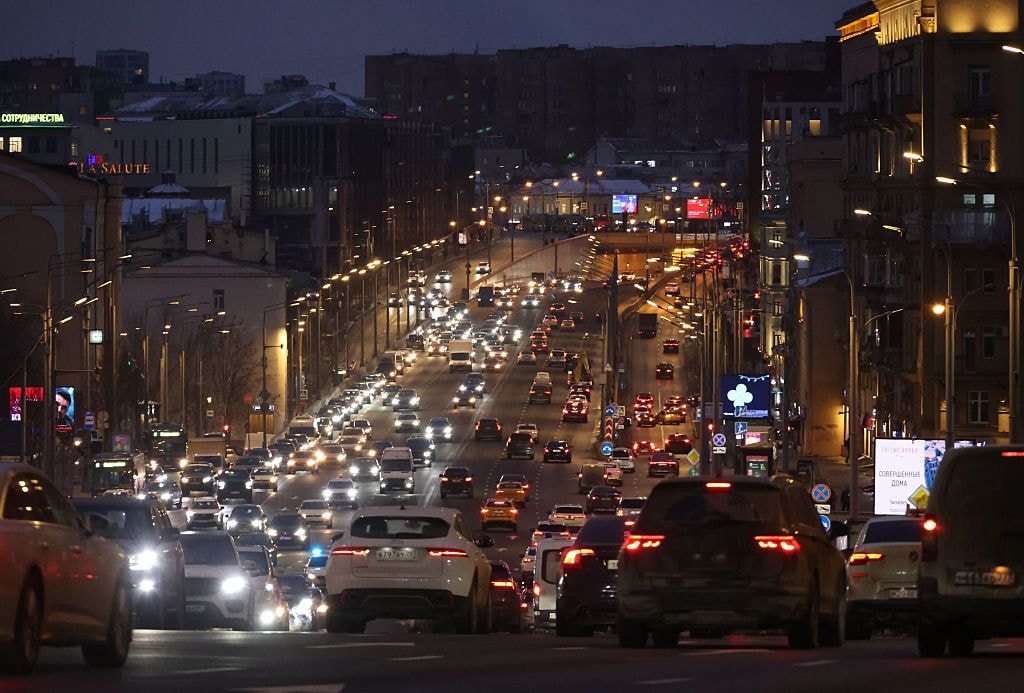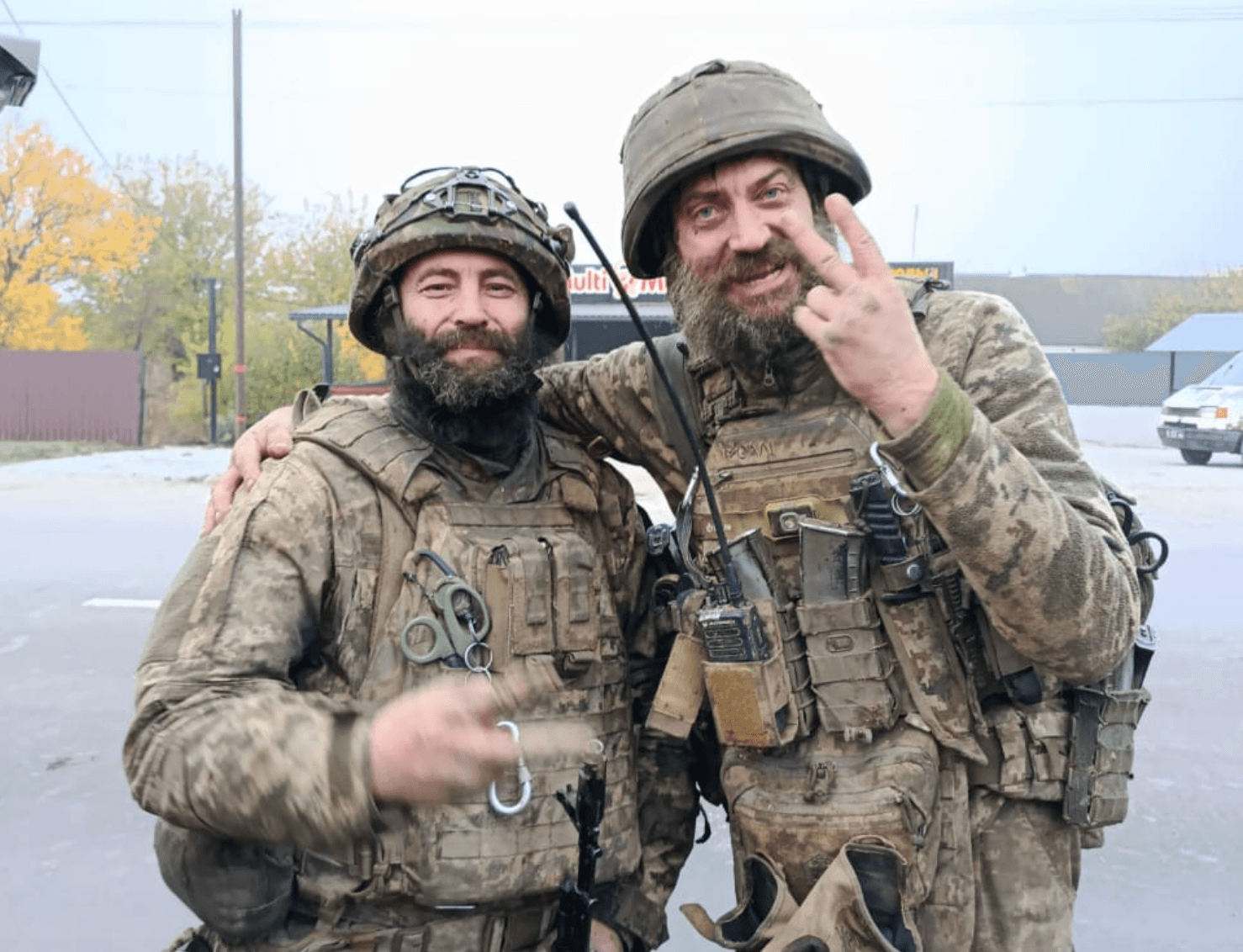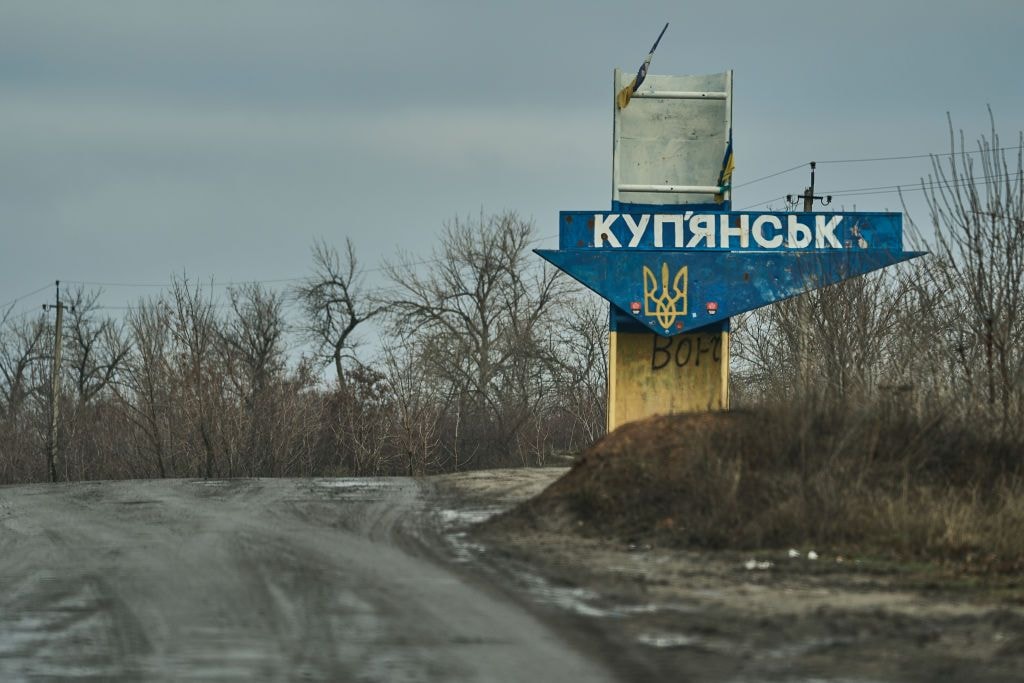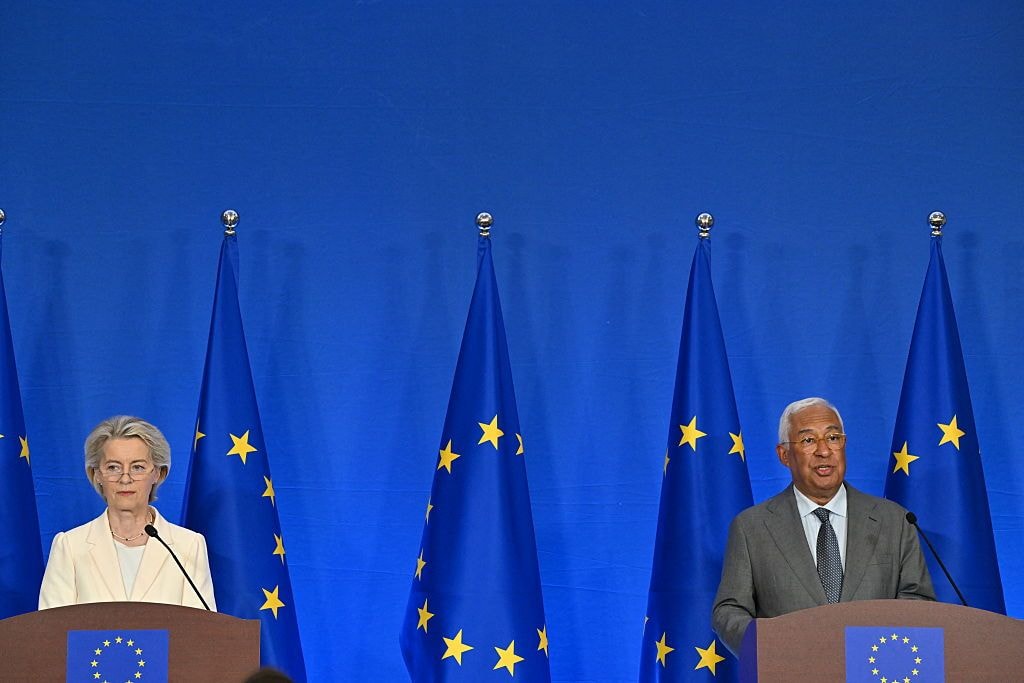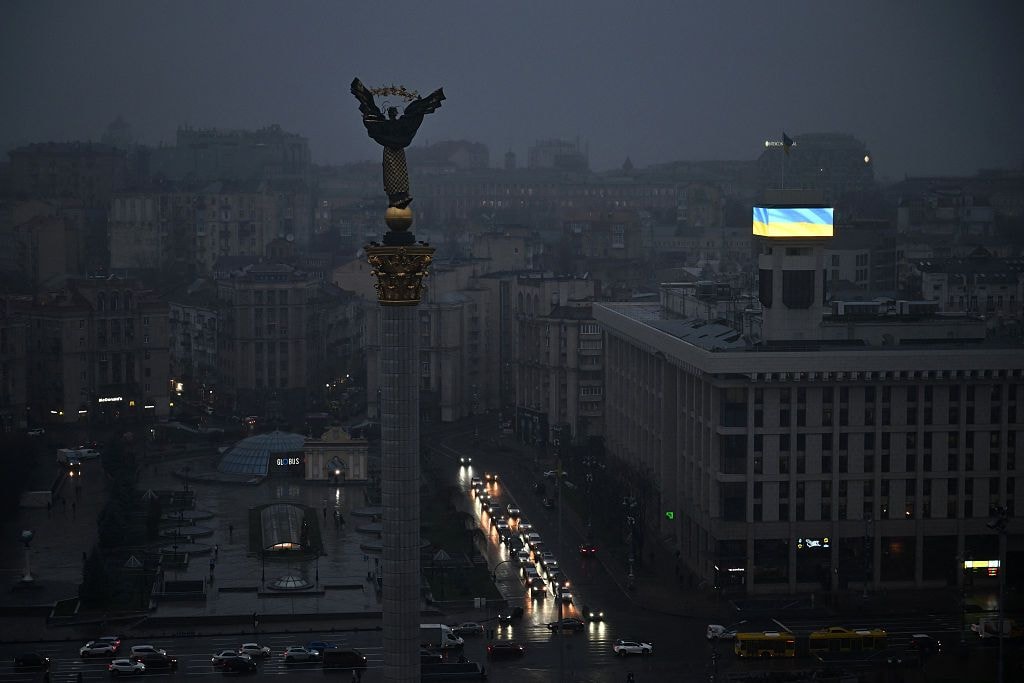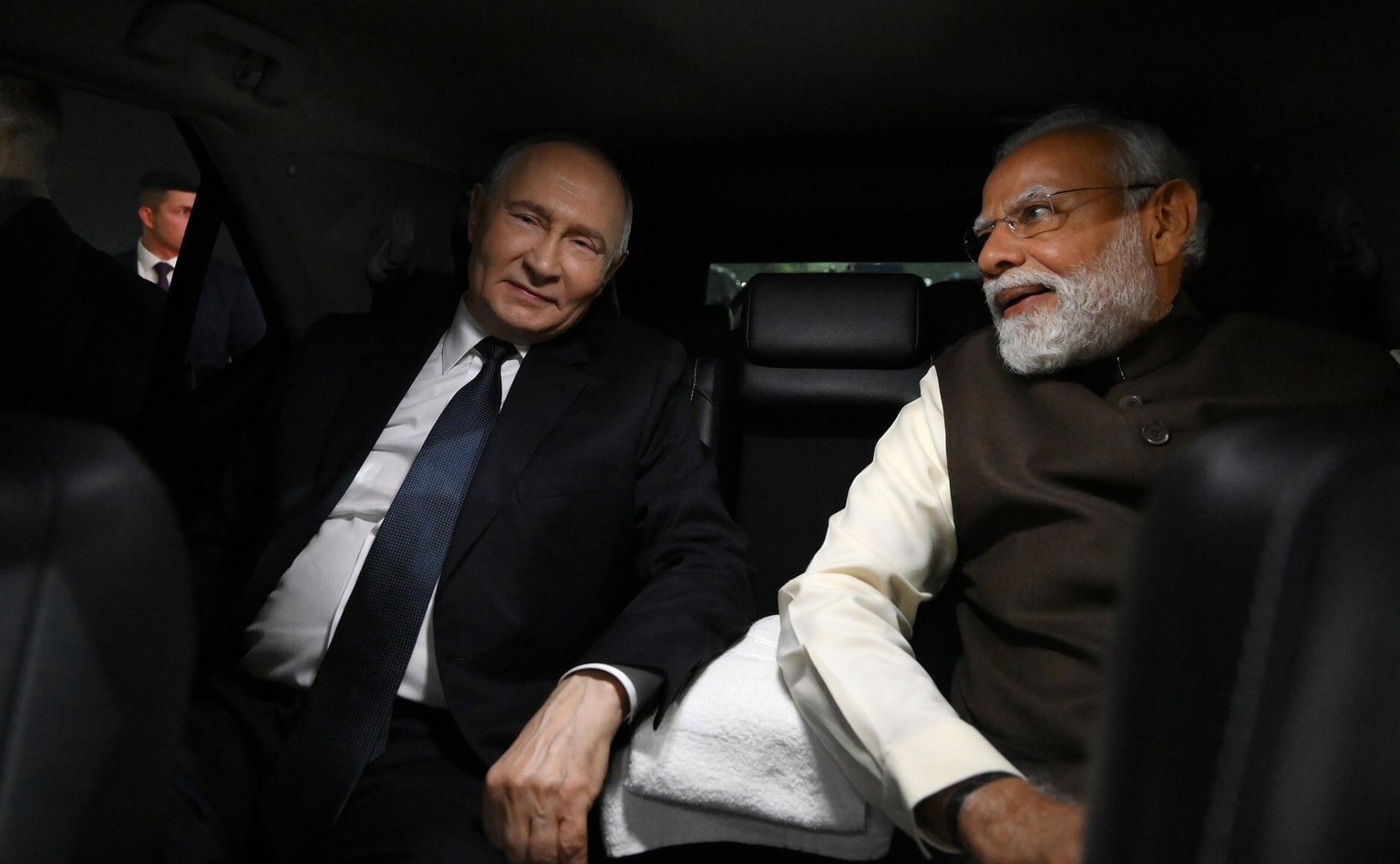Kursk incursion stopped Russian invasion of Zaporizhzhia, Zelensky claims

Ukraine's offensive into Russia's Kursk Oblast prevented Russian forces from carrying out large-scale operations in northeastern and southern Ukraine, President Volodymyr Zelensky said in an interview with ITV News on Feb. 7.
Kyiv launched a surprise cross-border incursion into Kursk in August 2024, initially capturing about 1,300 square kilometers (500 square miles) of Russian territory. While Ukrainian forces have lost roughly half that area since, they recently advanced 2.5 kilometers (1.5 miles) in the region in a new offensive.
Speaking during an interview with the British outlet ITV News on the six-month anniversary of the incursion, Zelensky called the Kursk operation "one of our most successful operations."
The aim of the incursion was to create "a buffer zone" that would protect Ukraine's major northeastern cities, Kharkiv and Sumy, from another Russian offensive, Zelensky said. Russia launched a new assault against Kharkiv Oblast in May 2024, advancing as far as 10 kilometers (6 miles) before Ukrainian troops halted the advance at the first line of defense.
"(T)he idea was to preventatively carry out an attack and create a buffer zone not on Ukrainian territory, but on Russia's territory in those regions," Zelensky said.
"And that's what happened."
The Kursk incursion prevented Russia from fulfilling its operational goals in Kharkiv and Sumy oblasts, while also providing Ukraine with nearly 1,000 Russian soldiers to replenish Kyiv's prisoner exchange fund, Zelensky said.
It also prevented Russia from a southern offensive, he claimed.
"(T)hey withdrew their operational forces from the south of our country, because they were planning to attack Zaporizhzhia, this was their next operation after Kharkiv and Sumy, they were going to Zaporizhzhia," Zelensky said.
"So they were forced to give up their military units from the Zaporizhzhia direction and parts from the East."
Russia redirected troops in these regions to Kursk Oblast, Zelensky alleged.
The Ukrainian military warned in fall 2024 that Russian forces were ammassing in Zaporizhzhia Oblast in preparation for a southern offensive. Heavy fortifications were constructed around the regional capital of Zaporizhzhia ahead of the possible invasion.
Zelensky said on Nov. 25 that Ukraine was tracking Russian troop movement in the southern region, and had observed "existing threats."
While the military reported that Russian forces have deployed assault groups in the region, Moscow has not yet staged a large-scale offensive in Zaporizhzhia Oblast, instead concentrating its attacks in eastern Ukraine.
Parts of Zaporizhzhia Oblast have been occupied by Russian forces since the full-scale invasion of 2022. The region remains a regular target of Russian aerial attacks.



